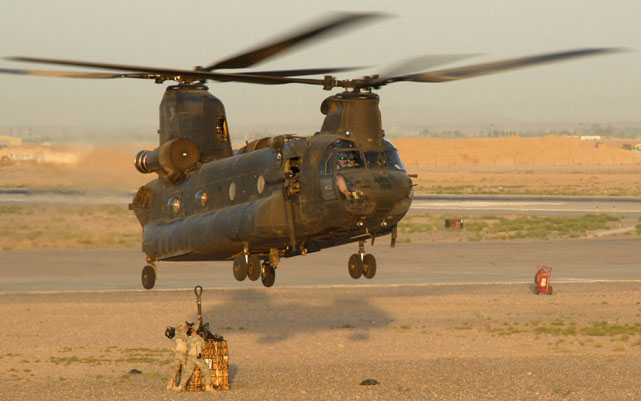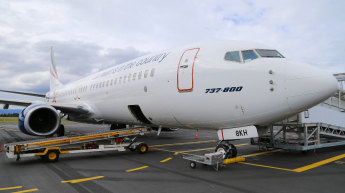
The ADF has released a redacted commission of inquiry (CoI) report into the crash of an Army CH-47D Chinook in Afghanistan on May 30 2011 which resulted in the death of Army LT Marcus Case.
LT Case had recently arrived in Afghanistan to join the Kandahar-based Heron RPV detachment. He was riding on the open rear ramp of the Chinook with a tethered restraint during a ‘famil’ flight of the region, but was thrown from the aircraft during a series of uncommanded pitch oscillations. The Chinook impacted the ground heavily and sustained considerable damage (and was subsequently destroyed by demolition charges as the wreckage could not be adequately secured).
The uncommanded pitch oscillations, known as ‘porpoising’, was a condition known to afflict the Chinook when flying at high density altitudes, and following the accident and subsequent in-flight events Army temporarily grounded its remaining Chinook fleet while it reviewed the aircraft’s airworthiness and training systems.
Media reports in early December had suggested that, while the flight test community knew of the porpoising and had developed methods to safely recover from it, these methods had not been adequately related to line pilots who had believed the aircaft’s automatic flight control system (AFCS) would automatically correct it.
“The CoI was appointed to further inquire into certain aspects of the helicopter crash, following the completion of a technical investigation conducted by an Aviation Accident Investigation Team from the Directorate of Defence Aviation and Air Force Safety,” a Defence statement reads.
The RAAF is the airworthiness authority for all three ADF branches.
The two inquiries found that the CH-47D was susceptible to pitch oscillations during operations at high density altitude; that Chinook pilots believed the AFCS could correct all pitch disturbances; that in the absence of any formal advice or training, the pilot and co-pilot responded incorrectly to the oscillations; that Lieutenant Case had been travelling on the ramp contrary to Army policy; and that LT Case’s restraint strap had fully extended during the pitch oscillations.
Defence says it has agreed to 19 recommendations of the CoI, including “issuing a more comprehensive Army Directive on carrying passengers and cargo in all Army operated aircraft, reinforcing the need to report incidents, education about the limitations of the AFCS, and removing the restraint strap from ADF service.”
Further, Army has accepted all 35 of the Aviation Accident Investigation report’s recommendations, including improvements in training, policy and guidance to address uncommanded and divergent pitch oscillations, improved guidance on CH-47D ramp operations, and a review of aircrew and passenger restraints.
Army has also proposed an additional 17 initiatives aimed at improving Chinook aviation safety, including an investment in “considerable effort in developing a detailed understanding of the CH-47D handling qualities” in collaboration with the Defence Science and Technology Organisation (DSTO) to develop a pilot-level training document addressing the more complex issues associated with CH-47D operation.
The full (redacted) report can be read here.















